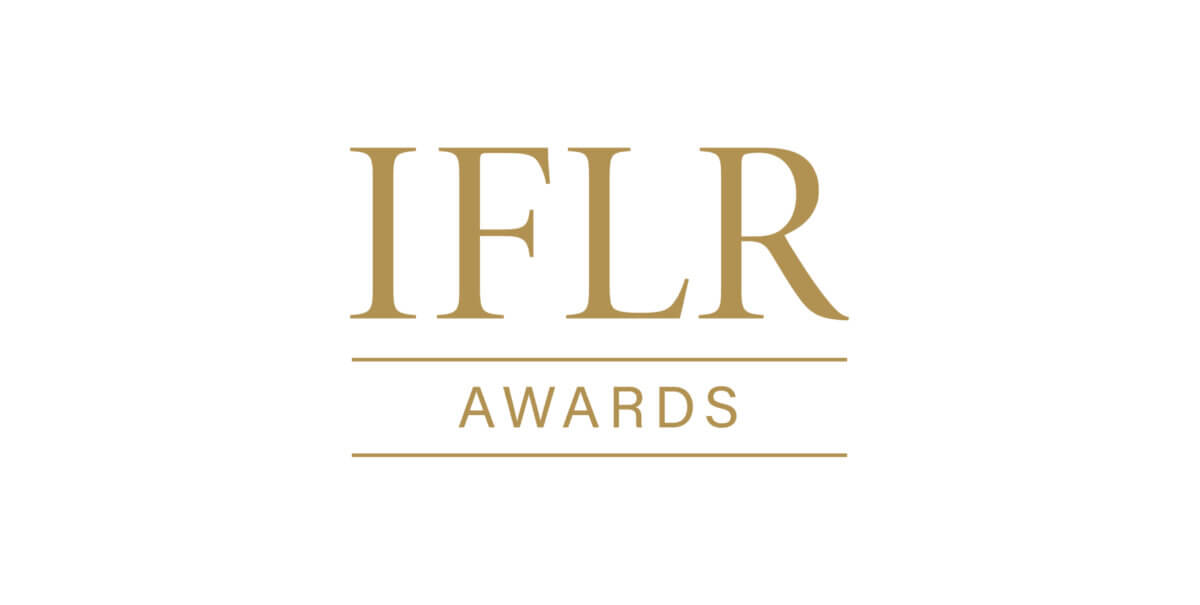To kick-off nearly all VC transactions, same as in the US or in other jurisdictions, a term sheet is put into effect. This document outlines the fundamental terms and conditions under which investors will invest, including for example the form of the investment (i.e. in the form of preferred equity or convertible instruments), the valuation of the company and related size of the investment, voting rights and investor-protective provisions. Provisions related to the roadmap of the transaction, such as the closing deadline, conditions to closing or timelines for due diligence, are also often included in VC term sheets. Term sheets in VC financings are generally non-binding agreements. Only certain provisions, such as those regarding exclusivity and confidentiality, are declared binding. Therefore, term sheets more or less serve a similar function as the letter of intent that is often used in more traditional M&A transactions. After negotiating and finalizing the term sheet, the due diligence and negotiations on the long form documentation usually begin.
The main difference between US and Dutch VC funding term sheets is that in the Netherlands there is no specific national VC association such as the National Venture Capital Association (NVCA) in the US or the British Venture Capital Association (BVCA) in the United Kingdom which publish industry-embraced model forms for term sheets and other legal transaction documentation that can be used in VC financings. Some VC investors mainly active in the Dutch market have publicly disclosed their early stage term sheets in order for the market to get a feeling on their standard terms and there is the Dutch Capital Waters Foundation. Capital Waters is originally a private initiative of a boutique law firm specializing in start-ups and VC funding and an investor, supported by partners and experts from the market, which has provided open source documentation for early stage investments, including a term sheet. Although their documents are generally used by start-ups when they are in the lead of drafting the transaction documentation, investors tend to prefer the use of their own templates. When this is a US investor, the term sheet is often based on the NVCA Model Term Sheet and investors from the UK tend to use the BVCA model as a basis.
Although the Dutch market is increasingly moving towards US standards, with the majority of investors investing in Dutch companies based in the US, there are still a number of key differences between US and Dutch VC financings. These include the style of documentation and terminology used, corporate law differences (e.g. type of entity and issued stock), representations and warranties (and exceptions or “disclosure” against these); and certain investor protection mechanisms. In the upcoming weeks, we will look into these differences when explaining the key terms and trends in Dutch VC financings, thereby taking into account the differences with the NVCA model form or other market terms in the US.
To conclude, it is important to emphasize that term sheets play a crucial role in VC transactions and must be carefully drafted and negotiated to ensure that both the investor and the company understand the rights and obligations set out in the term sheet and the legal differences in various jurisdictions. Even though the term sheet is non-binding, the terms included in a term sheet are considered agreed in further negotiations on the long form documentation and will guide the parties through the remainder of the deal. Over the next 4 weeks, we will take a closer look at some of the specific clauses used in term sheets in VC financings of Dutch companies. Next week we will focus on liquidation preference clauses.
If you have any questions about the topics that we have covered or if you would like further assistance, please do not hesitate to contact us. We are always happy to assist and provide further explanation on any (legal) aspect of VC financings.







